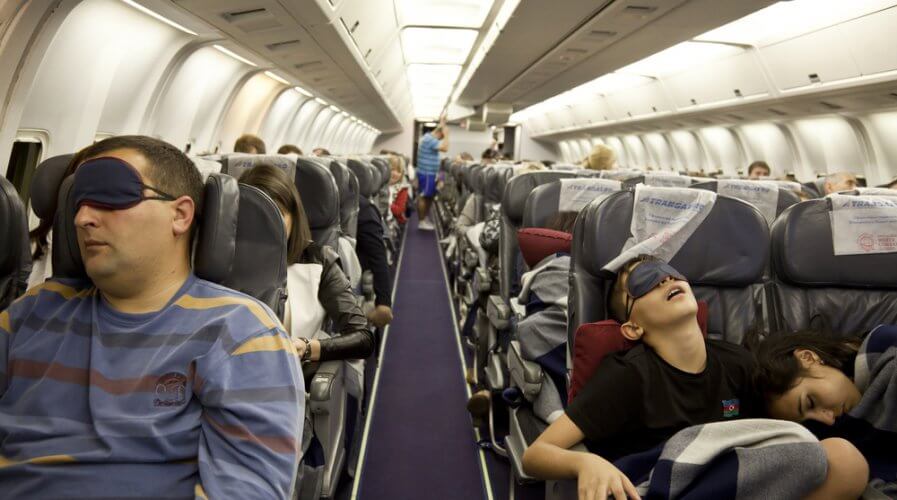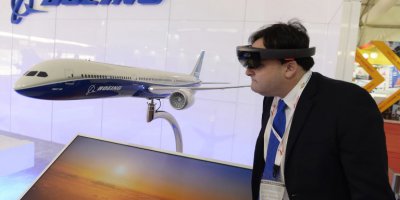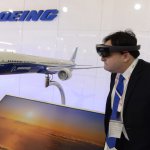
British Airway will be making in-flight entertainment much better with virtual reality. Source: Shutterstock
British Airways announces in-flight virtual reality entertainment trial
IN-FLIGHT entertainment is something airlines have been struggling to improve for a while now.
Except for the screen size and quality of earphones, there’s seldom anything differentiating the entertainment provided on economy-class seats versus that offered to business and first-class passengers.
However, British Airways has just announced that it will be offering in-flight virtual reality (VR) entertainment to those in first-class on select flights between London’s Heathrow Airport and New York’s John F Kennedy Airport.
The trial is expected to run until the end of 2019 and feature award-winning films, documentaries, and travel shows in 2D, 3D, and 360-degree formats.
British Airways’ press release reveals that the company has partnered with VR eyewear specialists SkyLights to procure the VR headsets that will allow its customers to fully immerse themselves in 3D view regardless of the position they are sat in. The experience even works when customers are lying fully flat in their first-class seats.
“We are always looking at the latest technology to enhance our customers’ experience on the ground and in the air,” explained British Airways Head of Inflight Product Sajida Ismail.
“Virtual reality has the power to revolutionize in-flight entertainment and we’re really excited to trial these new glasses as they should create a unique and memorable journey for our First customers”
The launch of the VR in-flight entertainment trial is quite a big deal for the airline, something it believes furthers the vision it has showcased at the BA2119: Flight of the Future exhibition to celebrate its centenary year (2019).
In-flight entertainment can gain from more than just VR
Virtual reality is definitely one of the most interesting things that can happen to in-flight entertainment. However, other technologies can help create better experiences too.
Artificial intelligence (AI), for example, can really help airlines understand in-flight entertainment choices of its passengers, across different segments, to make the best choices.
Further, although debated intensely, the use of hardware that makes it possible to provide customers with decent-quality WiFi that allows them to stream YouTube videos of their choice is also something to consider.
Usually, internet-ready hardware is heavy, which is one of the biggest challenges, but new-age network and hardware choices are definitely making things easier.
Another thing that airlines can provide passengers with to significantly improve in-flight experiences and delight them with better experiences is a better audio experience — either thought equipment that is provided to passengers or equipment that they bring along.
In many cases, especially in Asia, customers can use mobile phones or tablet devices instead of seat-back flight monitors. For customers that prefer this, it’s usually because their own screen and audio set-up is better than the one they’re provided with.
To enable this, better in-flight networks are required, but it’s something worth looking into, along with providing a source of power to charge the user’s device.
Overall, while VR offers exciting opportunities to wow customers, other technologies also create opportunities for airlines to delight passengers.
Primarily driven by budget, going for a VR-powered in-flight entertainment system might be a good idea and deliver some immediate excitement among frequent flyers and loyal customers.
READ MORE
- Aviation giant Airbus turns to chatbots to engage top talent
- In the digital economy, MoneyGram focuses on getting the basics right
- How FedEx uses technology to delight customers in the digital era
- FedEx Express/Ground collaboration will improve last-mile delivery
- Growth is fabulous: Why Foodpanda’s app and team are growing rapidly






